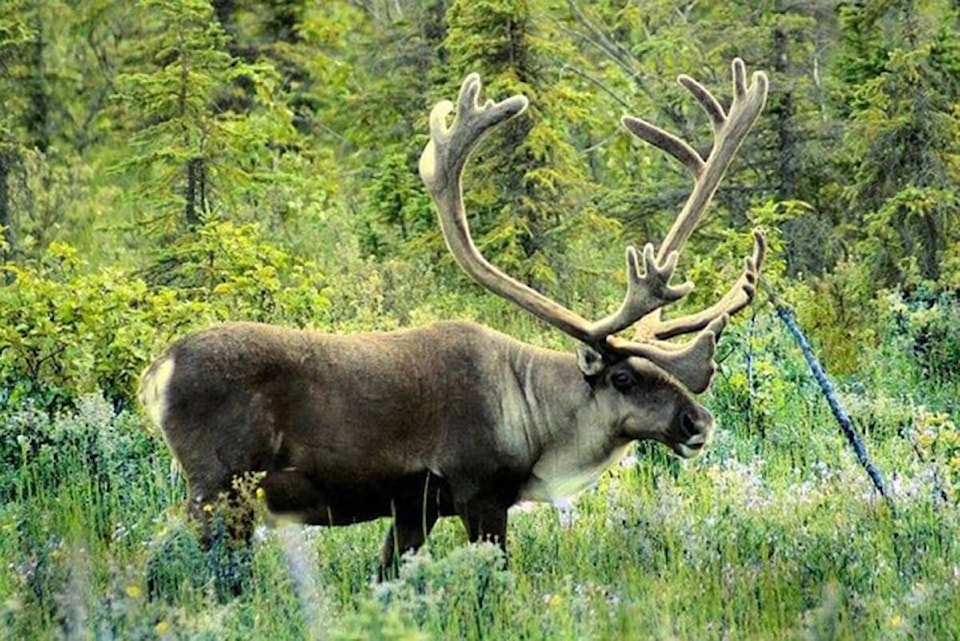As caribou herds in the Northwest Territories continue to struggle with critically low populations, MLAs and environment officials are divided over the correct balance between conservation, hunting rights and development.
Officials with the Department of Environment and Natural Resources (ENR) and the Tłı̨chǫ Government presented a technical briefing on the territory’s Bathurst Caribou Management Plan and the 2021 barren ground caribou herd estimates to the Legislative Assembly’s Standing Committee on Economic Development and Environment on March 10.
Both the Bathurst and Bluenose-East caribou herds populations have dropped dramatically in the past decade. The Bluenose-East herd has plummeted from 120,000 animals in 2010 to about 23,200 in 2021. The Bathurst herd dropped from more than 30,000 in 2012 to about 6,200 in 2021.
Tammy Steinwand, the Tłı̨chǫ Government’s director of culture and lands protection, said this population decline is due to a combination of factors, including increasing predator populations, changes to environment and development.
Some illegal hunting also still takes place. Steinwand said that 143 caribou were illegally hunted last year in the North Slave region.
Despite dwindling numbers, Steinwand said the Bluenose-East herd “may be starting on the road to recovery.” The situation is less optimistic for the Bathurst herd, which she said “remains a conservation concern.”
Deh Cho MLA Ronald Bonnetrouge, who chaired the meeting in the absence of committee chair Jackie Jacobson, expressed concern about the conservation zone’s impact on hunting rights. He raised the fact that the community of Wekweeti is located right in the middle of the caribou management zone, and asked how that community’s needs were taken into consideration.
“Their staple is what’s in their surroundings, in this case, caribou,” he said.
Steinwand said the department is helping hunters to transition to other game, including rabbits, fish, moose, muskrats and other animals.
The Bathurst herd may soon face another challenge with the introduction of the Slave Geological Province Corridor. Frame Lake MLA Kevin O’Reilly said NWT residents and officials would have to make a clear choice between conserving the caribou population and the new road.
“[It’s] incompatible with the survival of the herd — we can’t have both,” he said.
Great Slave MLA Katrina Nokleby disagreed, saying it’s not an either or situation, but “a mitigation situation.”
Both the Bathurst Caribou Management Plan and the 2021 barren ground caribou herd estimates can be found on ENR’s website.
A previous version of this story included the line: “The caribou’s habitat may soon face another challenge, with the introduction of the Tłı̨chǫ all-season road.” The caribou in question are those in the Bathurst herd, and road in question is actually the Slave Geological Province Corridor.
